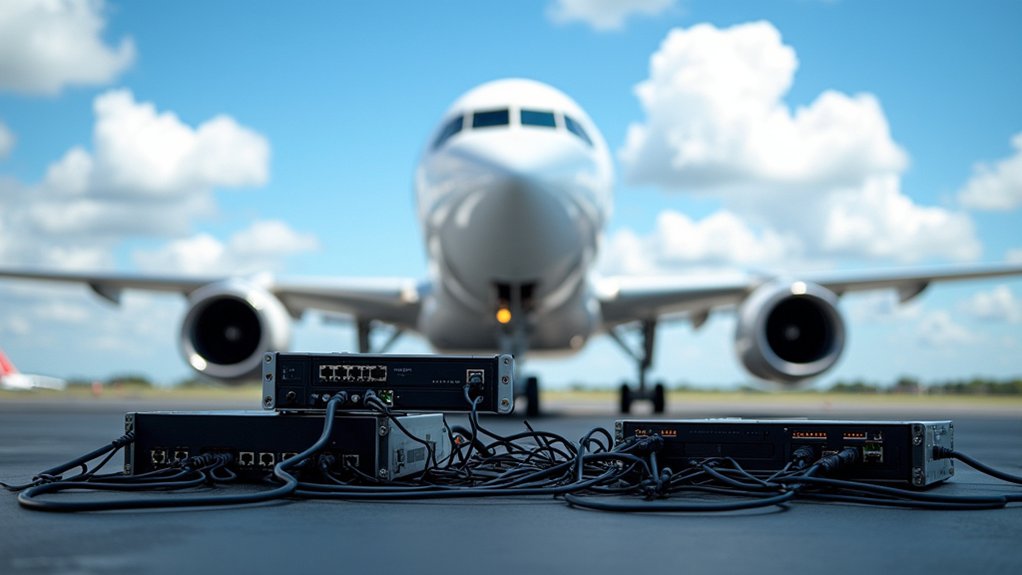Israeli warplanes struck deep into Iranian territory on June 13, 2025, launching Operation Rising Lion in what military analysts describe as the most extensive attack on Iran since the Iran-Iraq War. The coordinated assault targeted nuclear facilities in Natanz, Khondab, and Khorramabad, along with military installations near Tehran, inflicting extensive damage across Iran’s strategic infrastructure.
The strikes resulted in significant casualties among Iran’s military leadership, including IRGC commander Hossein Salami, Chief of Staff Mohammad Bagheri, and multiple nuclear scientists. Explosions in Tehran and residential areas caused both military and civilian casualties, dramatically escalating regional tensions and prompting immediate concerns about digital warfare escalation.
Intelligence officials now anticipate Iranian cyber retaliation targeting Israeli infrastructure and potentially extending operations against US interests. Iran has issued thorough cyber alerts across all government systems, activating defensive protocols as it prepares offensive digital capabilities. Experts estimate that successful breaches could result in data breach costs exceeding $4.35 million per incident.
Military experts warn that Iranian cyber operations could involve distributed denial-of-service attacks, destructive wiper malware, and infrastructure disruption campaigns. Both nations possess advanced cyber warfare capabilities that integrate smoothly with conventional military operations.
Digital warfare has become a core component of regional military strategies, with hybrid tactics including drone, missile, and cyber attacks designed to overwhelm defensive systems. Iran launched over 100 drones at Israel approximately six hours after the initial strikes, demonstrating the immediate shift to multi-domain warfare. Cyber operations amplify kinetic strike effects while providing reconnaissance and espionage capabilities.
The conflict has already mobilized global hacktivist groups, including Russian-aligned collectives promising new cyber offensives through social media channels. Previous attacks against Israel by groups like Anonymous Sudan and KillNet demonstrate the potential for third-party digital operations to expand the conflict’s scope beyond state actors. Iranian cyber activities historically concentrated within the Middle East may now broaden their geographical reach due to these military actions.
Regional cybersecurity experts highlight heightened risks to energy, finance, and communications sectors. US and allied partners maintain monitoring protocols for potential spillover attacks or collateral digital damage.
The cyber alertness following these strikes may persist indefinitely, creating sustained risks of escalation into broader digital conflict. Iranian leadership’s previous experience with ineffective drone attacks against Israel’s layered defenses suggests a strategic shift toward cyber operations as a preferred retaliation method, potentially triggering unprecedented digital warfare across the Middle East.









